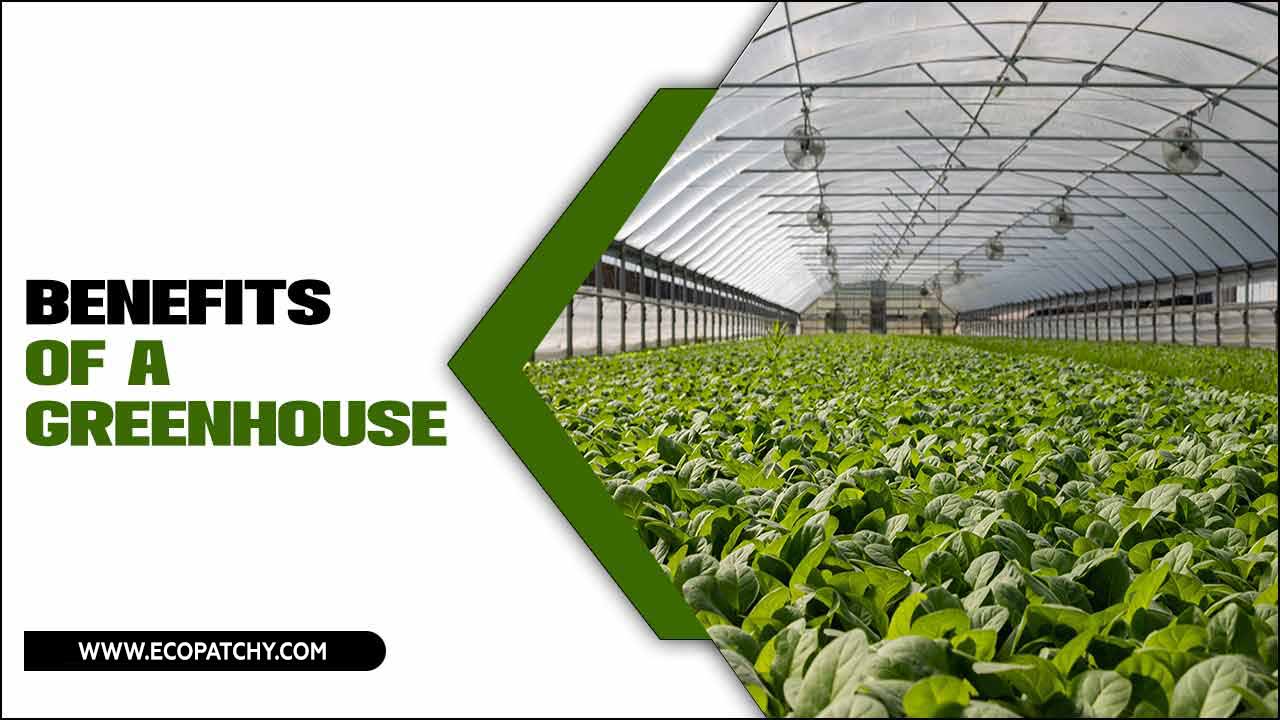Greenhouses offer a controlled and protected environment for plants to thrive. It is making them a popular choice for avid gardeners and commercial growers alike, however, with the ability to grow various plants throughout the year.
It can be challenging to keep track of when and what to plant. This is where a greenhouse planting schedule comes in. A well-planned schedule can help maximize the potential of your greenhouse and ensure a constant supply of fresh produce or vibrant flowers.
Here, we will discuss how to make a greenhouse planting schedule. With a professional and systematic approach, you can take the guesswork out of greenhouse gardening and enjoy a bountiful harvest all year round.

Importance Of Having A Planting Schedule
A well-planned planting schedule is crucial for any gardener or farmer looking to achieve a successful harvest. While it may seem like a small detail, the timing of when seeds are sown, or plants are transplanted can greatly impact the overall yield and quality of crops.
A planting schedule is essentially a calendar that outlines when different types of plants should be planted based on factors such as climate, soil conditions, and plant variety. It serves as a guide to help ensure that plants are given the optimal conditions for growth and development. In this article, we will delve into the importance of having a planting schedule and how it can benefit both small-scale and large-scale agricultural operations. From maximizing crop production to minimizing losses, a well-structured planting schedule can be a game-changer for any grower.
Ten Way On How To Make A Greenhouse Planting Schedule
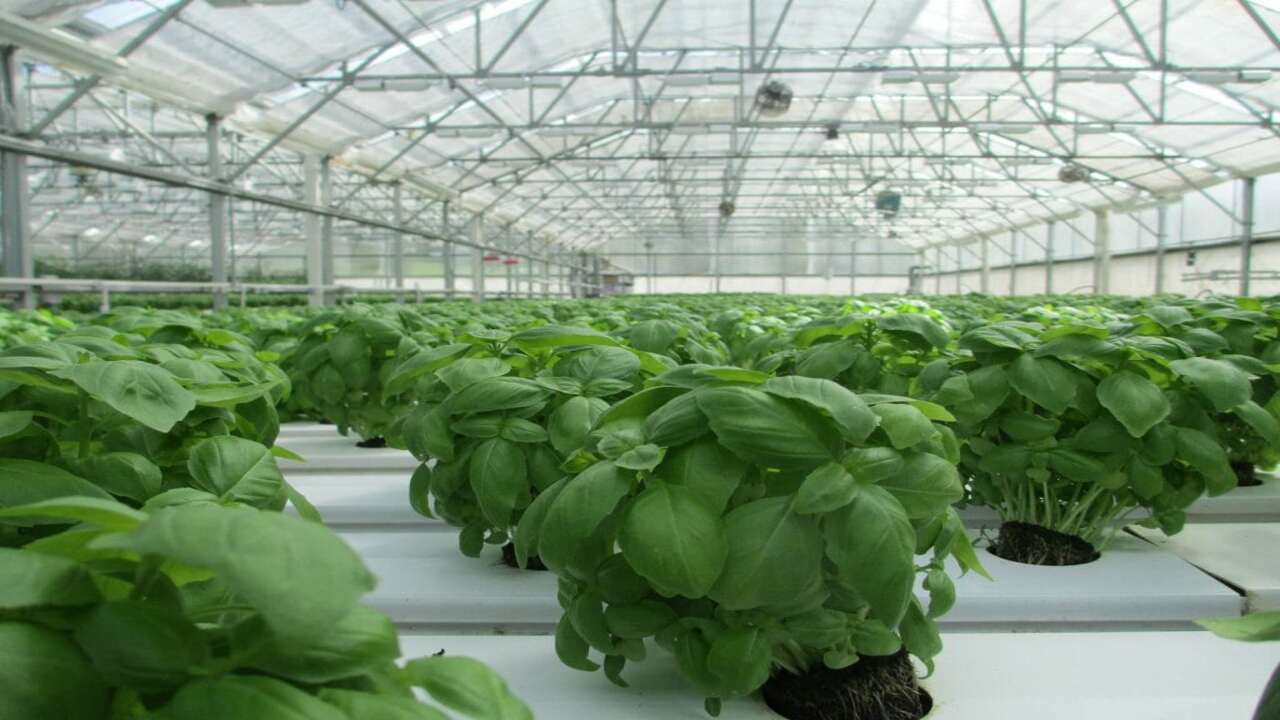
Knowing how to make a greenhouse planting schedule is paramount for any serious gardener or horticulturist. A greenhouse offers a controlled environment for plants, allowing them to thrive and reach their full potential. However, without a proper planting schedule, the benefits of a greenhouse may not be fully realized.
One key reason for having a greenhouse planting schedule is to optimize plant growth and productivity. Different plants have varying requirements regarding temperature, light, and water. By understanding these needs and planning accordingly, gardeners can ensure that each plant receives the ideal conditions for growth. bellow we discuss to make a greenhouse planting schedule.
1.Understanding The Role Of Temperature
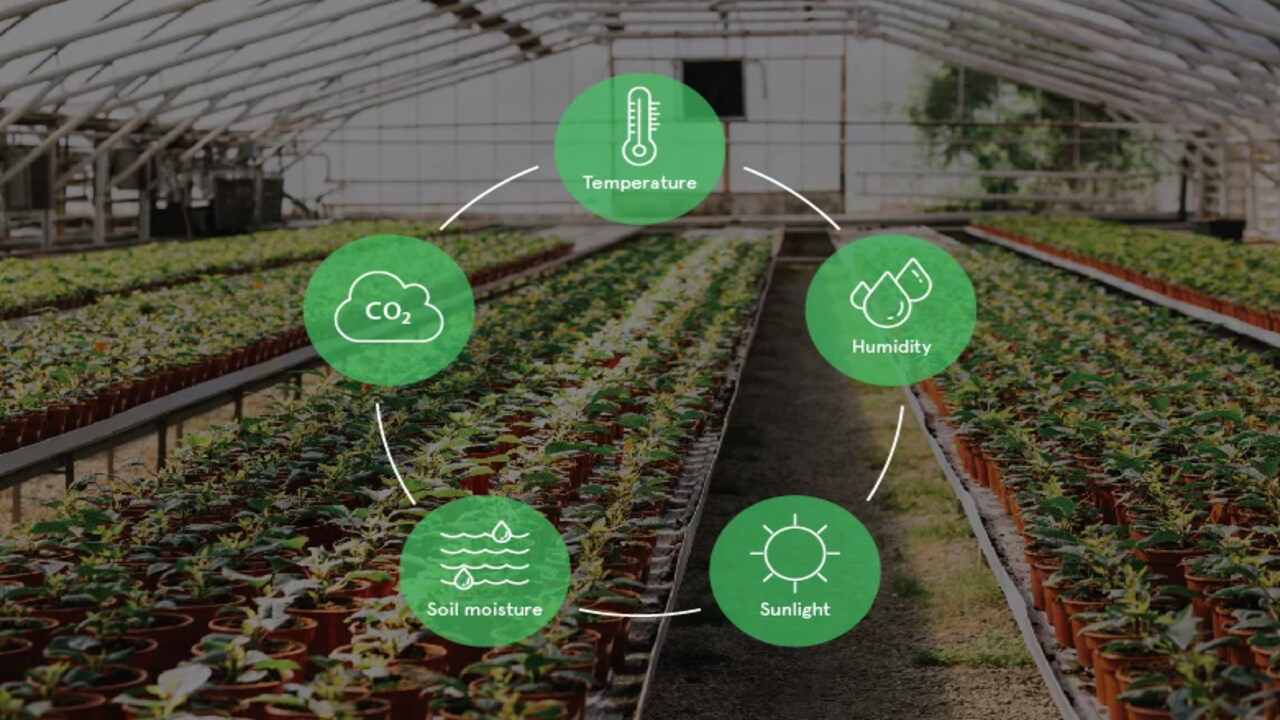
Understanding the role of temperature is crucial in developing an effective greenhouse planting schedule. Temperature plays a significant role in the growth and development of plants, as it directly impacts their metabolic processes and physiological functions by gaining a comprehensive understanding of how temperature affects plant growth.
Greenhouse growers can optimize their planting schedules to ensure successful and sustainable cultivation. Temperature not only influences the rate of plant growth. But it also affects the timing of key developmental stages such as germination, flowering, and fruiting.
Different plant species have specific temperature requirements for optimal growth, and deviations from these requirements can lead to reduced yields or even crop failure. Therefore, greenhouse growers need to monitor and control carefully. The temperature within their facilities creates an ideal environment for plant growth.
2.Keep Track Of The Day Length
To efficiently manage a greenhouse and ensure optimal plant growth. It is essential to keep track of the day’s length and create a greenhouse planting schedule. Day length, also called photoperiod, plays a crucial role in the development and flowering of many plant species.
By closely monitoring the changing day lengths throughout the year, greenhouse operators can accurately determine the appropriate timing for sowing and transplanting various crops. To make a greenhouse planting schedule, one must first gather data on the expected day lengths for the specific region.
This can be done by consulting astronomical tables or using specialized software that calculates day length based on geographical location. Once this information is obtained, it is important to determine the specific requirements of each crop in terms of day length. Some plants thrive on longer days, while others prefer shorter days for flowering and fruiting.
3.Planting From Seed Vs Transplants
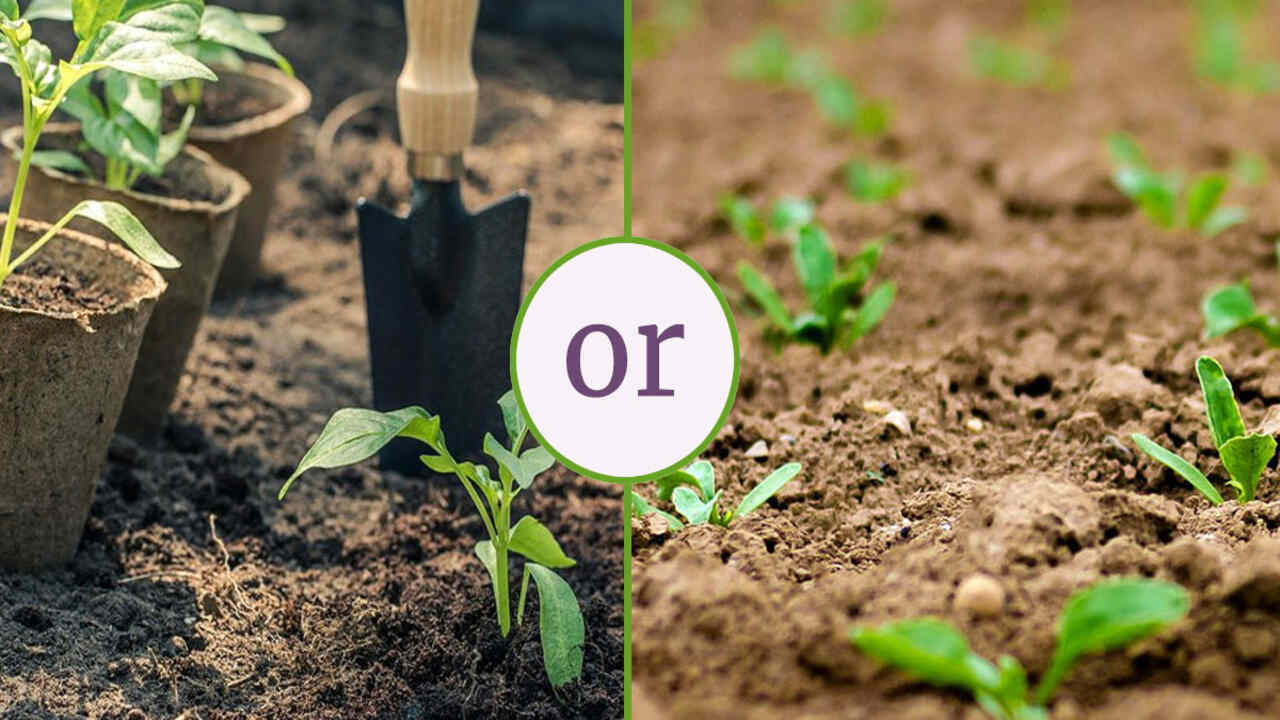
Regarding establishing a successful greenhouse planting schedule, one must consider the advantages and differences between planting from seed and using transplants. Each method has its unique benefits and challenges that should be carefully evaluated. Planting from seed offers a cost-effective option for greenhouse growers. With many seeds available, growers can choose from various plant species and cultivars.
This allows for greater flexibility in plant selection and experimentation, catering to diverse customer preferences. Additionally, planting from seed provides the opportunity to start plants earlier in the season, giving them a head start on growth and development.
4.Check How Long Plants Take From Seed To Harvest
When planning to set up a greenhouse, it is essential to develop a planting schedule that considers the time it takes for different plants to grow from seed to harvest. The first step in creating an effective greenhouse planting schedule is to thoroughly research and gather information on the specific plants you intend to cultivate.
Understanding the growth patterns, optimal growing conditions, and average time to maturity for each plant is crucial. Once you have gathered the necessary information, you can chart your greenhouse planting schedule. Start by listing the plants you have chosen and their respective time to maturity.
This will allow you to visualize the overall timeline for your greenhouse operation. Additionally, it is important to consider the environmental factors that may influence plant growth, such as temperature, humidity, and light requirements.
5.Use Succession Planting
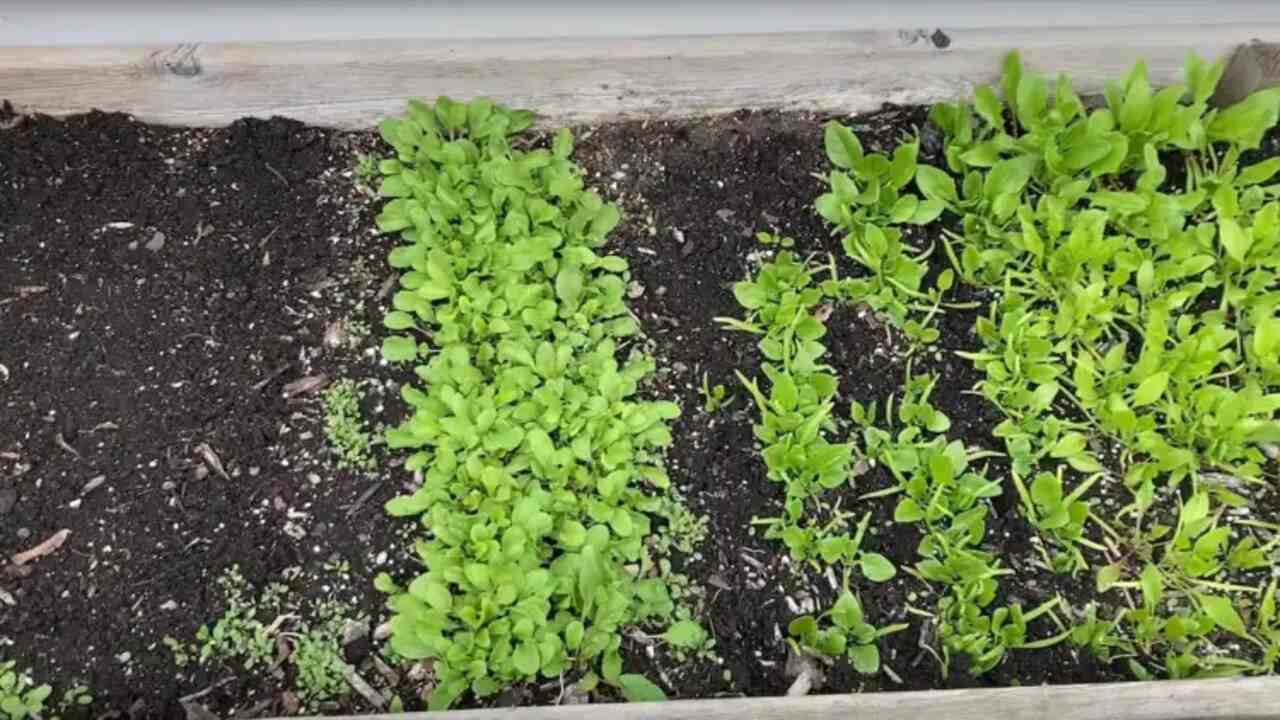
Implementing a well-structured planting schedule is essential for maximizing the productivity and efficiency of a greenhouse. One effective technique that can be employed is succession planting. Succession planting involves carefully planning and organizing the timing of planting different crops to ensure a continuous supply of fresh produce throughout the growing season. By utilizing this method, greenhouse owners and operators can optimize their resources and maximize their yields.
6.Leave Room For Companion Plants
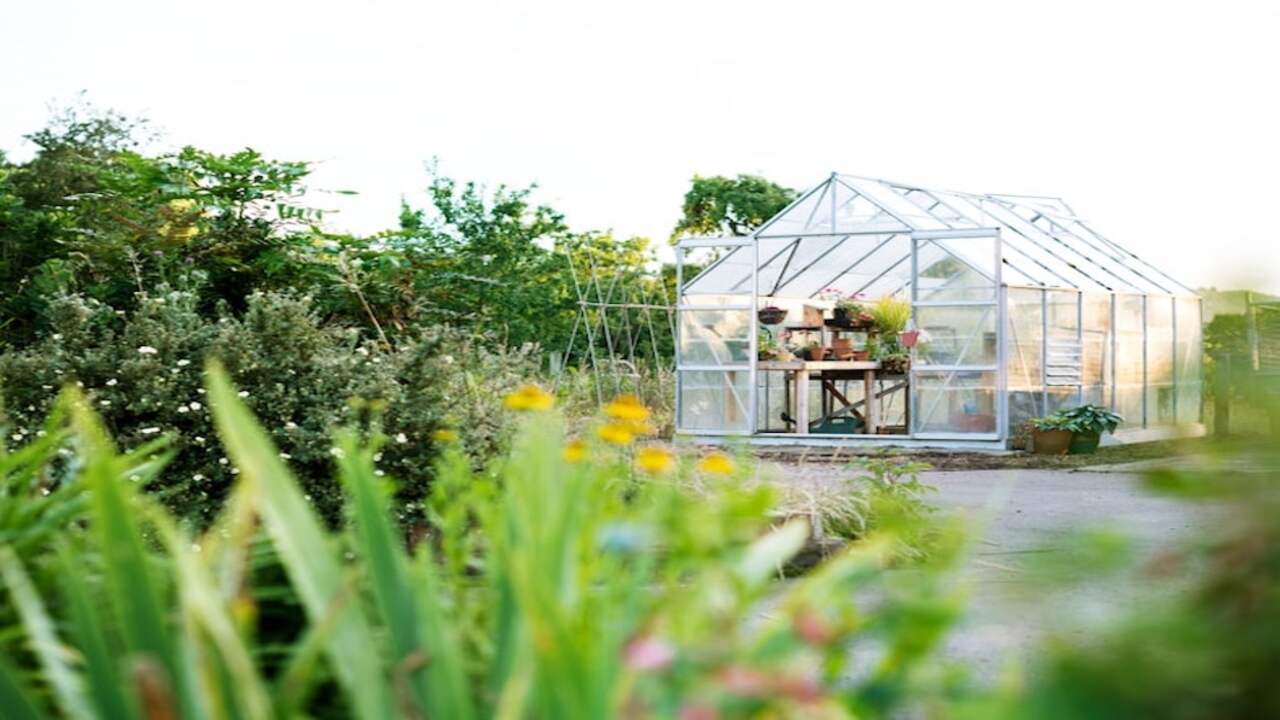
When planning the layout and schedule for a greenhouse, it is essential to consider the concept of companion planting and leave ample room for these beneficial plant partnerships. Companion planting refers to growing mutually beneficial planetary to one another.
This technique not only maximizes the use of space but also promotes healthier and more productive plant growth. When creating a greenhouse planting schedule, it is crucial to research and identify suitable companion plants that can thrive together and provide mutual benefits such as pest control, nutrient sharing, and shading. By incorporating companion planting into the greenhouse design. One can create a harmonious ecosystem where plants support and enhance each other’s growth.
7.Determine Your Planting Goals
When embarking on a greenhouse project, it is essential to determine your planting goals and create a well-structured planting schedule. The first step is to assess what you want to achieve with your greenhouse. Are you looking to grow vegetables, flowers, or a combination?
Understanding your objectives will help you make informed decisions regarding crop selection, planting techniques, and timing. Once you have established your planting goals, it is crucial to create a greenhouse planting schedule. This schedule will guide planting activities and ensure optimal growth and harvest.
Start by researching the specific requirements of the crops you intend to grow. Consider factors such as germination time, growth rate, and ideal growing conditions. This information will enable you to determine the appropriate timing for planting and subsequent cultivation tasks.
8.Research The Ideal Planting Dates
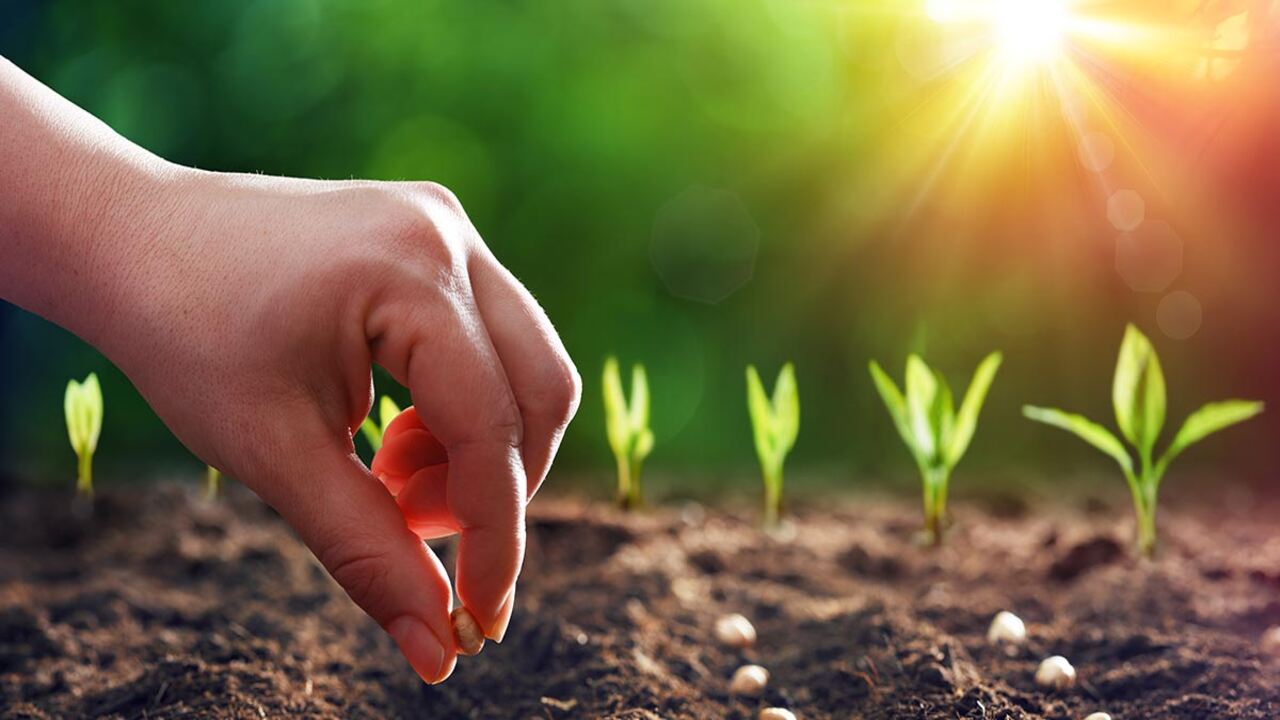
The success of any greenhouse operation relies heavily on careful planning and precise timing. By understanding the specific requirements of each crop and its optimal growing conditions, greenhouse growers can maximize their yield and ensure a steady supply of fresh produce throughout the year.
The first step in creating a greenhouse planting schedule is to gather relevant information on the recommended planting dates for various crops. This can be achieved through consulting reputable sources such as agricultural extension offices, research institutions, and experienced growers. These sources provide valuable insights into the specific requirements of each crop, including temperature preferences, light exposure, and maturity periods.
9.Identify The Germination Period
Understanding the germination period allows growers to determine the optimal time to start seeds and ensure a healthy and productive crop. The germination period refers to the time it takes for a seed to sprout and develop into a seedling. This period can vary greatly depending on the plant species, environmental conditions, and seed quality.
By researching and recording the germination period for different plants, greenhouse operators can effectively schedule their planting activities and avoid any delays or setbacks. To identify the germination period accurately, it is recommended to consult reliable sources such as seed catalogues, agricultural extension offices, or experienced horticulturists.
These sources provide valuable information on the average germination time for various crops, taking into account factors such as temperature, moisture, and light requirements. By incorporating this knowledge into the greenhouse planting schedule, growers can optimize the use of resources, space, and labour.
10.Consider The Growth Rate
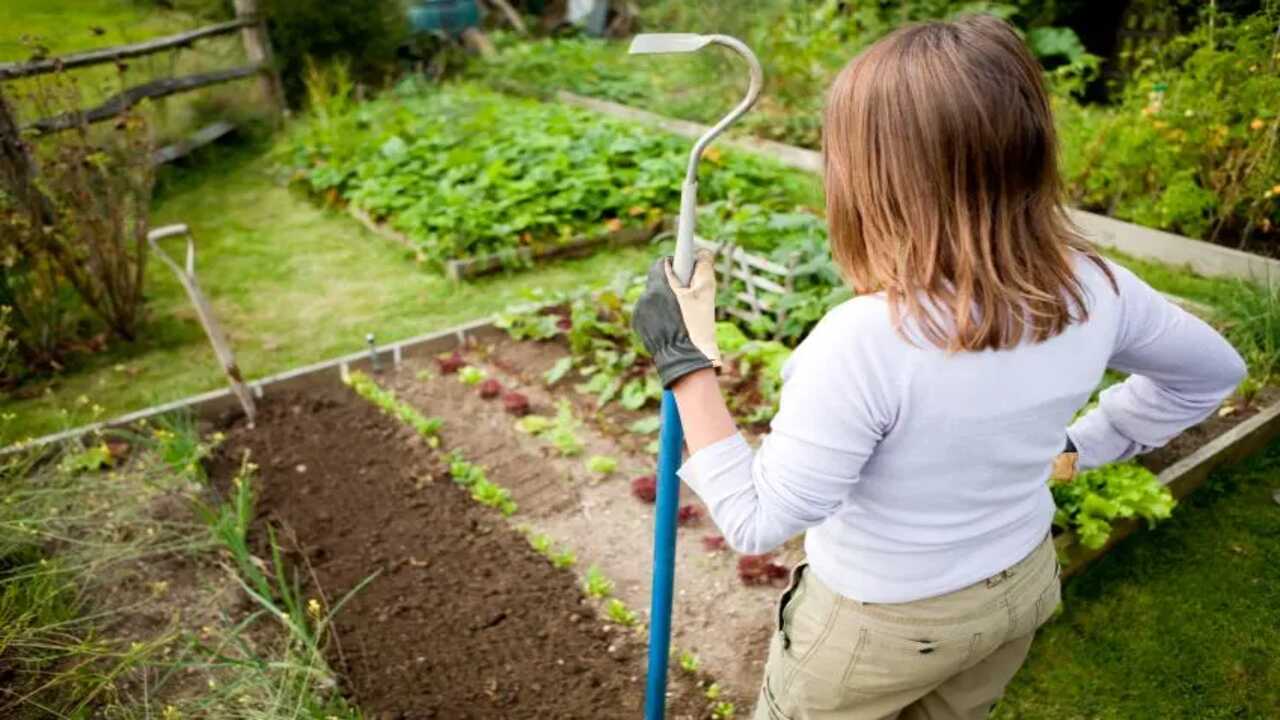
The growth rate of plants refers to the speed at which they develop from seedlings to mature plants. This rate varies significantly among different plant species, as well as within the same species, depending on environmental factors and cultivation practices. Some plants, such as lettuce and radishes, have a relatively fast growth rate, reaching maturity within a few weeks.
On the other hand, crops like tomatoes and peppers have a longer growth period, typically taking several months to reach full maturity. To create an efficient greenhouse planting schedule, it is essential to take into account the growth rate of each plant.
This involves carefully selecting the appropriate planting dates to ensure a continuous fresh produce supply throughout the year. By staggering the planting of different crops, growers can optimize space utilization and avoid overwhelming harvests that may lead to wastage.
Why Should You Make A Greenhouse Schedule?
Creating a greenhouse schedule is essential for maximizing the efficiency and productivity of your greenhouse operation. As a professional in the field, it is crucial to understand the importance of planning and organizing the tasks and activities involved in greenhouse management.
A well-designed greenhouse schedule not only helps you stay on top of daily operations. But also allows you to make informed decisions based on the specific needs of your plants. Moreover, a greenhouse schedule helps maintain a consistent and balanced environment for your plants.
By scheduling activities like temperature and humidity adjustments, you can create an ideal climate that supports optimal growth and yield. This level of control is particularly crucial for sensitive crops or during different stages of plant development.
Benefits Of Using A Greenhouse For Plant Cultivation
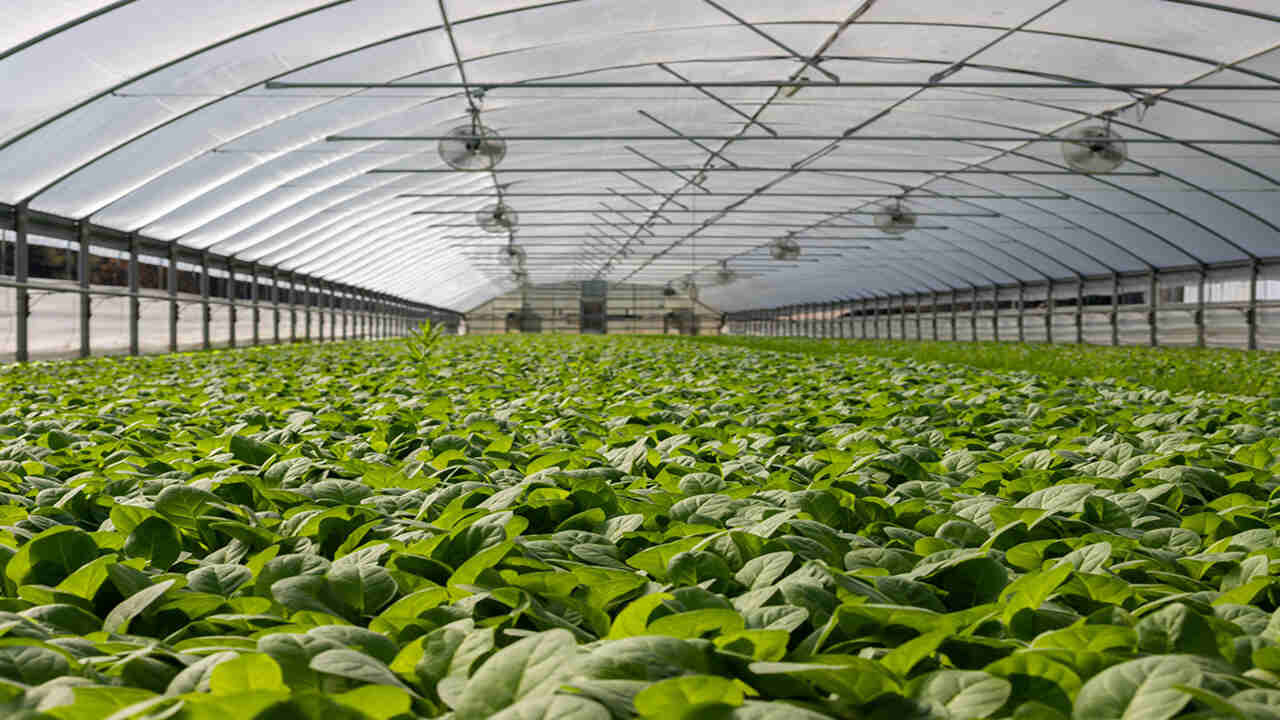
Understanding the benefits of using a greenhouse for plant cultivation is crucial for anyone involved in agriculture or horticulture. Greenhouses offer a controlled environment that allows for optimal plant growth and productivity. One of the primary reasons it is important to know these benefits is because a greenhouse can extend the growing season, allowing for year-round cultivation of various plants and crops. This is especially valuable in regions with short growing seasons or unfavourable weather conditions.
- Extended Growing Season: Greenhouses provide a controlled environment, allowing year-round cultivation and extending the growing season beyond what is possible in open fields.
- Protection From Adverse Weather Conditions: Greenhouses protect plants from extreme temperatures, frost, hail, heavy rain, and strong winds, ensuring their health and productivity.
- Pest And Disease Control: By creating a barrier between plants and the external environment, greenhouses help prevent the entry of pests and diseases, reducing the need for chemical pesticides and promoting healthier plants.
- Increased Crop Yield: The controlled environment in greenhouses optimizes plant growth, resulting in higher yields than outdoor cultivation.
- Water Conservation: Greenhouses enable efficient water usage through irrigation systems that deliver water directly to plant roots, minimizing water waste.
- Control Over Environmental Factors: Greenhouses allow growers to regulate temperature, humidity, light levels, and air circulation. They are creating optimal conditions for specific plant varieties and improving overall crop quality.
- Protection From Uv Radiation: Greenhouse coverings can filter harmful
Conclusion
It is important to know how to make a greenhouse planting schedule. Creating a greenhouse planting schedule is a key step in successful greenhouse gardening. By considering factors such as plant type, climate, and growth time, you can create a schedule to maximize your greenhouse space and ensure a bountiful harvest. It not only ensures proper planning and organization of planting activities.
But also maximizes the efficiency and productivity of the greenhouse. With careful planning and organization, your greenhouse can be a thriving environment for your plants year-round. So get started on your planting schedule and watch your greenhouse garden flourish.
FAQs
1.Why is it important to have a greenhouse planting schedule?
Ans: Having a greenhouse planting schedule ensures proper planning and organization of planting activities. You are maximizing the efficiency and productivity of your greenhouse. It not only ensures proper planning and organization of planting activities but also maximizes the efficiency and productivity of the greenhouse.
2.What factors should be considered when creating a greenhouse planting schedule?
Ans: Factors such as plant growth requirements, climate conditions, seed germination times, and harvest dates should be considered to create an effective greenhouse planting schedule.
3.How can one create a greenhouse planting schedule?
Ans: Start by identifying the desired crops and their specific growing requirements. Then, determine the suitable planting dates based on the average frost-free date and expected harvest time. Finally, create a calendar or spreadsheet to map out the planting schedule.
4.What are the benefits of following a greenhouse planting schedule?
Ans: Following a greenhouse planting schedule helps ensure a continuous supply of fresh produce. Maximizes space utilization, minimizes crop losses due to improper timing, and allows for efficiency.
5.How can I create an effective greenhouse planting schedule?
Ans: To create a greenhouse planting schedule, start by researching the optimal planting times for each plant variety, considering factors like germination time, transplanting dates, and harvesting periods. Then, organize your schedule by grouping plants with similar requirements and staggering planting dates to ensure a continuous harvest throughout the growing season.

